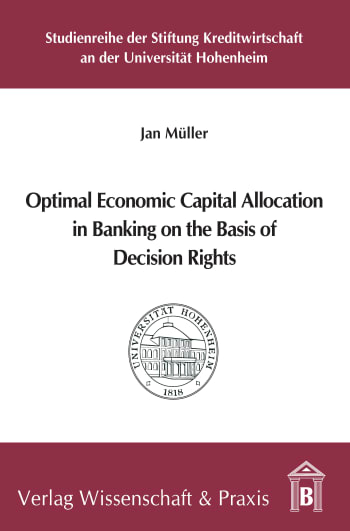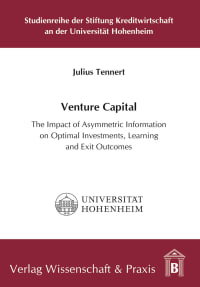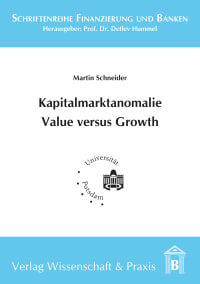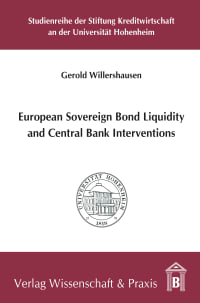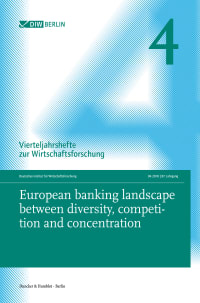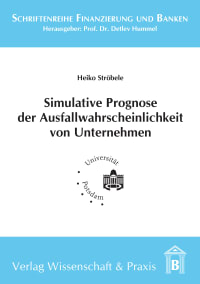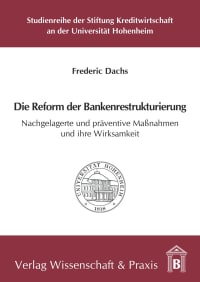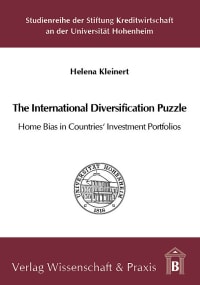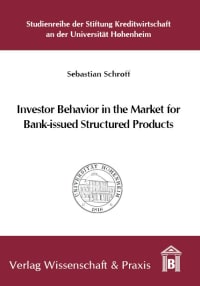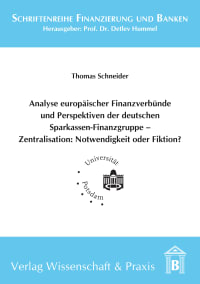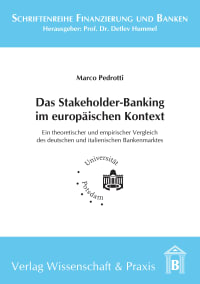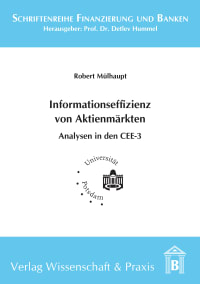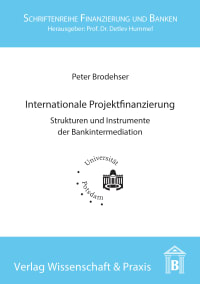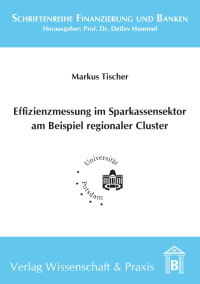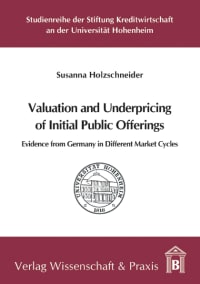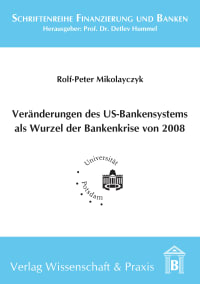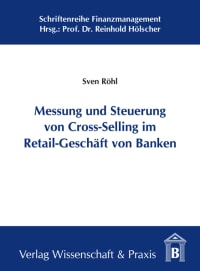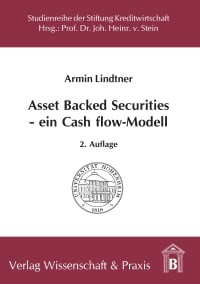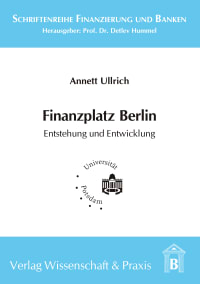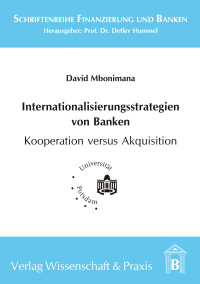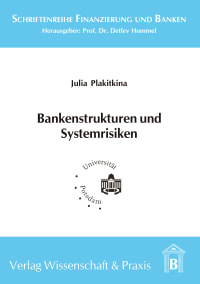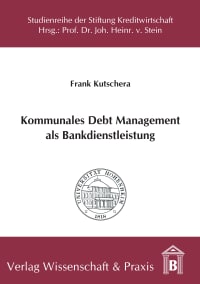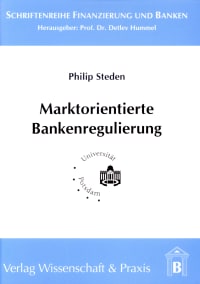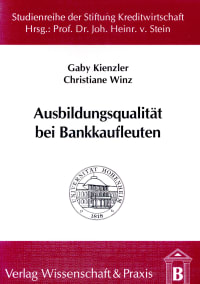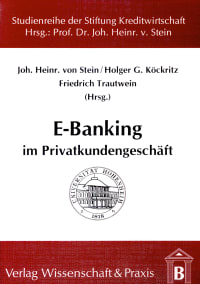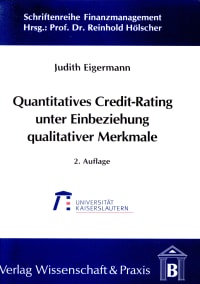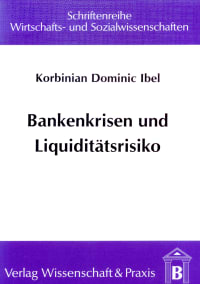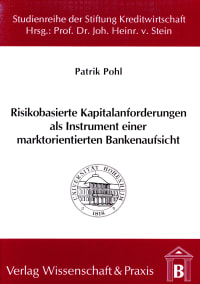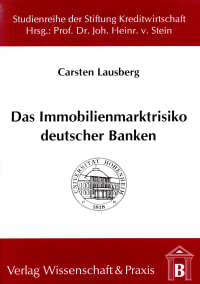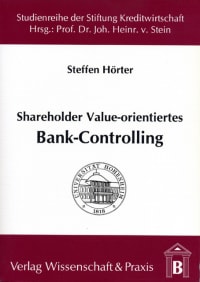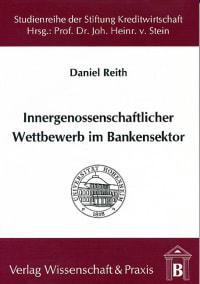Description
As a regulatory consequence banks today have to provide more equity for the same risk exposure than before the financial crisis. This significantly increases the banks’ need for a strict risk-return driven management. However, the mere neoclassical risk management view appears inadequate in the case of overall bank management.
Consistently applying portfolio optimization on an overall bank level requires the consideration of the decision makers’ behavior where portfolios cannot be assumed fix any longer. The current model shows this using a value at risk limit system strictly understanding limits as addressees’ decision rights.
Despite the resulting unstable correlations the model shows the overall bank management in the form of a global optimization being the superior approach. The model clearly demonstrates the costliness for banks dispensing with sophisticated limit setting.
Overview
1 Introduction
2 Corporate Management by Economic Capital Allocation
3 Implications of Related Fields of Research
4 Basic Model of Optimal Economic Capital Allocation
5 Heuristic Optimization of Risk Limit Systems by Threshold Accepting
6 Parameterization of Threshold Accepting
7 Superiority of Optimal Economic Capital Allocation – The Informed Central Planner
8 Uninformed Central Planner – Information on the Basis of Bayesian Learning
9 Conclusions
Appendix
References
